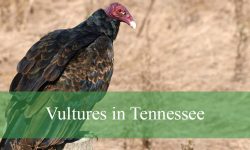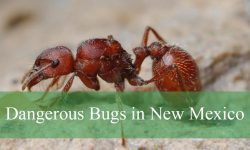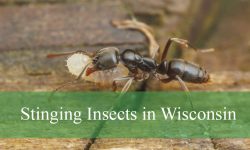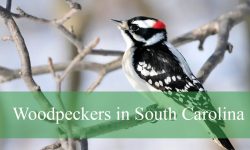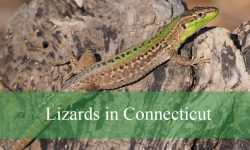Utah’s diverse landscapes, from arid foothills to high-elevation forests, are home to some of the most striking and intelligent birds in North America: jays. Walking through pinyon-juniper woodlands or hiking the alpine trails of the Wasatch Range, it’s hard not to notice the flashes of blue, gray, and black darting among the trees. These birds are bold, curious, and full of personality, making each sighting an unforgettable experience.
Observing jays in their natural habitat reveals more than just their beautiful plumage. You can witness complex behaviors such as food caching, social flocking, and even mimicry of predators. Each species has its own quirks and preferred environments, from the high-elevation Canada Jay navigating snowy conifer forests to the gregarious Pinyon Jay flocking through Utah’s pinyon woodlands. Spotting them is both a challenge and a delight for birdwatchers and nature enthusiasts alike.
This guide will introduce you to the five jay species found in Utah, offering detailed identification tips, insights into their habitats, and fun facts that bring their personalities to life. Whether you’re a seasoned birder or a casual hiker, knowing where and how to find these intelligent birds will enhance your outdoor adventures across the Beehive State.
Common Jays Found in Utah
Woodhouse’s Scrub-Jay (Aphelocoma woodhouseii)

The Woodhouse’s Scrub-Jay is a medium-sized bird, measuring about 25 to 30 centimeters in length with a wingspan near 45 centimeters. Its plumage is characterized by gray underparts and a vivid blue back, wings, and tail. A subtle blue “necklace” often appears across the upper chest, and the bluish-gray head contrasts strikingly with bright yellow or amber eyes. Males and females are similar in appearance, which allows them to blend seamlessly into woodland habitats while remaining easily identifiable to birdwatchers.
In Utah, Woodhouse’s Scrub-Jays are commonly found in the lower to mid-elevation woodlands, particularly in pinyon-juniper forests, oak groves, and the edges of mixed evergreen areas. They can also appear in suburban or semi-rural areas where trees and shrubs provide food and shelter. They tend to establish territories that they defend vigorously, especially during the breeding season, and are often observed patrolling their home ranges or interacting with family members.
Woodhouse’s Scrub-Jays are omnivorous and highly adaptable in their feeding habits. They consume a mix of seeds, nuts, fruits, and insects depending on seasonal availability. Known for their remarkable food-caching behavior, they store acorns, pine nuts, and other items in multiple locations to retrieve later. Occasionally, they may also eat small vertebrates or eggs. Foraging involves hopping along the ground, exploring shrubs, and sometimes raiding other birds’ caches, demonstrating both intelligence and resourcefulness.
These jays are highly social within family groups and exhibit complex behaviors, including mimicking hawk calls to distract competitors. They show cooperative nest defense and parental care during breeding. Fun facts include their extraordinary spatial memory for hundreds of cached items and their ability to plan for future food needs. Birdwatchers in Utah often spot them actively foraging or caching food in the mornings and late afternoons.
Pinyon Jay (Gymnorhinus cyanocephalus)
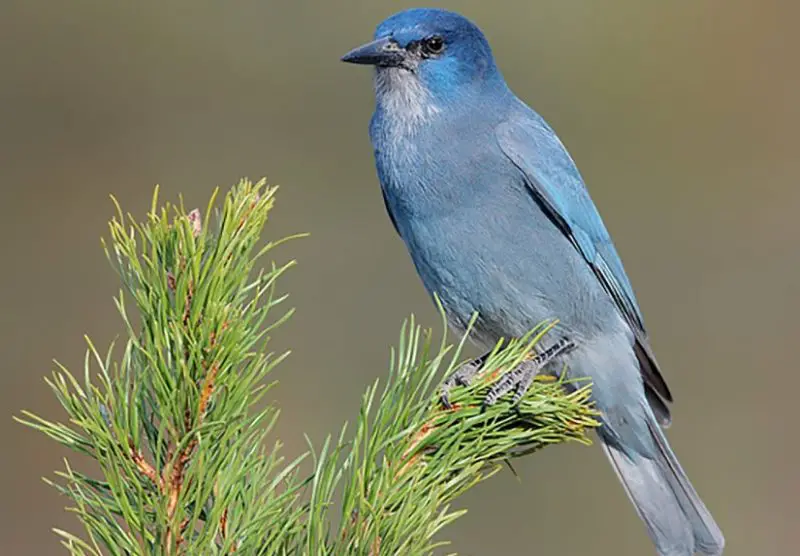
The Pinyon Jay is a medium-sized bird, approximately 28 centimeters long with a wingspan around 60 centimeters. Its plumage is bluish-gray, with a darker head and a pale throat, and it has a slender black bill. Its long tail and sleek body give it a streamlined appearance, and the subtle blue coloration allows it to blend into pinyon-juniper woodlands. The Pinyon Jay’s overall shape and coloring make it resemble a small blue-gray crow.
In Utah, Pinyon Jays are closely associated with pinyon-juniper woodlands, primarily found in the central and southern parts of the state. They are highly social and tend to form large, noisy flocks that travel together to locate abundant food sources. These birds are nomadic to some extent, moving within their range according to the availability of pinyon pine seeds. They nest in loose colonies, usually constructing cup-shaped nests in pinyon or juniper trees for safety and protection from predators.
Pinyon Jays have a diet heavily reliant on pinyon pine seeds, which they gather in large quantities and store for later use. They also consume berries, seeds from other plants, and insects, particularly during the breeding season when protein demand is high. Their caching behavior is sophisticated, and they are known to occasionally steal seeds from other flocks. Their foraging not only sustains them but also contributes to forest regeneration, as forgotten seeds may grow into new trees.
These birds are highly social and communicate constantly through loud, nasal calls that coordinate flock movements and warn of predators. Fun facts include their essential ecological role in dispersing seeds across the landscape and their remarkable ability to adapt to arid environments. In Utah, Pinyon Jays are best observed in mature pinyon-juniper forests, especially in the early morning when flocks are actively feeding and moving together.
Steller’s Jay (Cyanocitta stelleri)
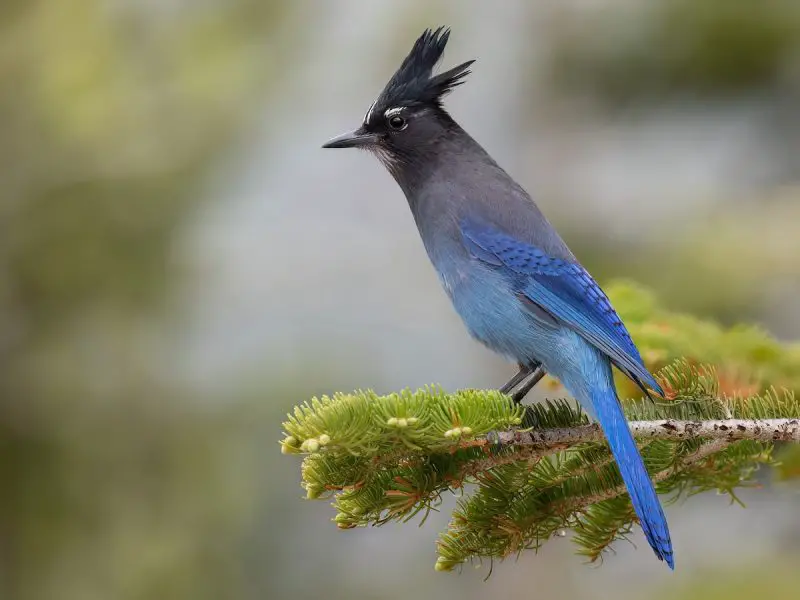
Steller’s Jay is a large, striking bird, measuring 30 to 34 centimeters in length. Its plumage consists of a deep cobalt blue body and a black head with a prominent crest, giving it a bold, dramatic appearance. Adults often display subtle black eyebrow lines above the eyes, while juveniles are slightly browner with less distinct markings. Its strong black bill and long tail enhance its distinctive silhouette, making it one of the most recognizable jays in Utah’s forests.
In Utah, Steller’s Jays are found primarily in the mountainous and forested regions, including the Wasatch Range, Uinta Mountains, and parts of western national forests. They inhabit coniferous and mixed forests, as well as wooded parklands and campgrounds adjacent to forested areas. They are territorial and often seen patrolling their feeding areas or defending nest sites, which are typically high in trees like pines, firs, or spruces.
Steller’s Jays are omnivorous and opportunistic feeders, consuming nuts, seeds, berries, insects, eggs, and occasionally small vertebrates. They forage actively along branches, probe bark crevices for insects, and will scavenge or steal food when the opportunity arises. Food caching is common, and they can remember stored food for extended periods. They are bold and intelligent, often approaching humans in campgrounds or picnic areas to take food.
Behaviorally, Steller’s Jays are highly vocal with a variety of harsh calls and occasional mimicry of other animals. They form long-term pair bonds and exhibit cooperative breeding behavior, assisting in raising young. Fun facts include their ability to remember the locations of dozens of food caches, their expressive crests used in communication or display, and their bold presence around humans. Birdwatchers in Utah can best observe them during mornings and late afternoons in coniferous forests or near wooded recreational areas.
Canada Jay (Gray Jay) (Perisoreus canadensis)
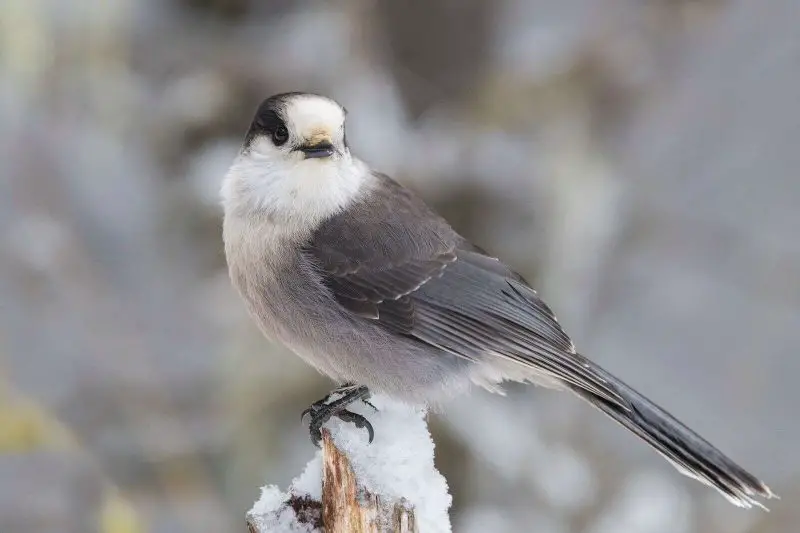
The Canada Jay, also known as the Gray Jay, is a medium-sized bird, measuring approximately 27 to 30 centimeters in length with a wingspan near 45 centimeters. Its plumage is predominantly gray with a lighter gray or whitish face and throat, contrasting with a darker gray cap on the head. The wings and tail are medium gray, giving the bird a subtle but distinctive appearance. Its stout black bill and dark eyes complete the look of a resilient and intelligent forest dweller.
In Utah, Canada Jays are primarily found in higher elevation forests, particularly in the Uinta Mountains, Wasatch Range, and other northern and central mountainous regions. They inhabit coniferous forests dominated by spruce, fir, and pine, and are well adapted to cold, snowy environments. These jays are non-migratory and are known to maintain year-round territories, often returning to the same nesting and feeding areas each year.
Canada Jays are omnivorous, feeding on insects, small mammals, eggs, berries, and a variety of seeds. They are especially known for their food caching behavior, storing meat, seeds, and berries in bark crevices or under moss to survive harsh winter months. This remarkable adaptation allows them to thrive in environments with long winters and heavy snow. Their intelligence and resourcefulness make them one of the most versatile foragers among North American jays.
Behaviorally, Canada Jays are bold and curious, often approaching humans in campsites or hiking areas. They communicate with soft whistles, harsh calls, and complex vocalizations to maintain social bonds and defend territories. Fun facts include their ability to survive extreme cold by relying on cached food and their reputation as “campground birds” due to their fearless interactions with hikers. In Utah, they are most easily observed during early morning or late afternoon in high-elevation coniferous forests.
Blue Jay (Cyanocitta cristata)
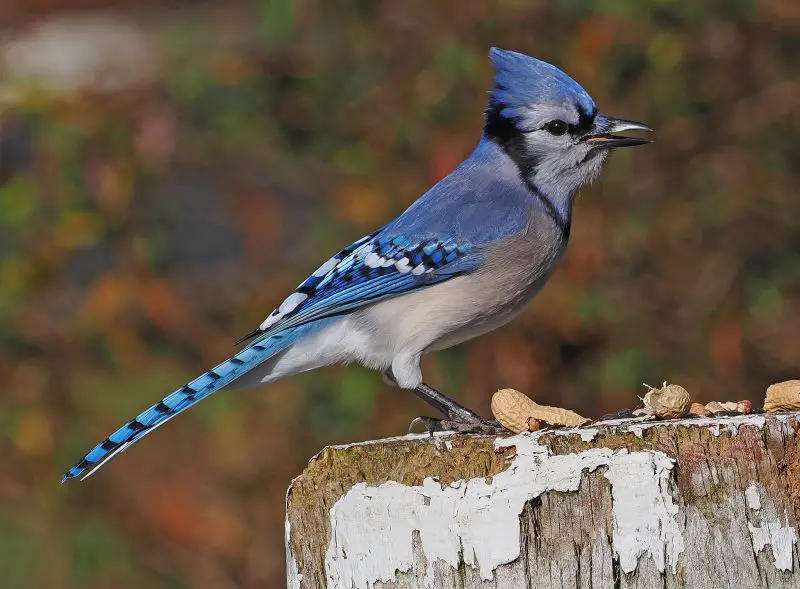
The Blue Jay is a large, vibrant bird, measuring 25 to 30 centimeters in length with a wingspan of approximately 40 to 45 centimeters. Its plumage is strikingly blue on the back, wings, and tail, with a white or pale gray underside and a prominent black necklace across the throat and chest. A black-bordered crest atop the head can be raised or lowered to signal mood or alertness, and its strong black bill and legs complete its bold appearance.
In Utah, Blue Jays are relatively uncommon but can be found in the northern and eastern regions where deciduous and mixed forests occur, particularly along river valleys and suburban wooded areas. They are adaptable birds, frequenting forest edges, parks, and residential neighborhoods with large trees. While not as numerous as other jays, they are occasionally spotted during the breeding season or while foraging in groups.
Blue Jays are omnivorous and opportunistic feeders. Their diet includes nuts, seeds, fruits, insects, eggs, and small vertebrates. They are well known for their food caching behavior, storing acorns and other seeds to retrieve later, which contributes to forest regeneration. They forage both on the ground and in trees, often showing intelligence and curiosity by investigating new food sources and following other birds to find resources.
Behaviorally, Blue Jays are highly vocal, producing a variety of loud calls, whistles, and even mimicking hawks to scare competitors or predators. They are social birds that may form small family groups outside the breeding season, and they defend nests vigorously. Fun facts include their remarkable memory for cached food, their ability to mimic predator calls, and their conspicuous presence in suburban areas where they are easily observed by birdwatchers in Utah, particularly in the spring and summer months.
FAQs About Jays in Utah
What species of jays can be found in Utah?
Utah is home to five main species of jays: Woodhouse’s Scrub-Jay, Pinyon Jay, Steller’s Jay, Canada Jay (Gray Jay), and Blue Jay. Each species has distinct coloration, behavior, and habitat preferences, ranging from low-elevation woodlands to high-elevation coniferous forests.
Where in Utah is it easiest to spot Woodhouse’s Scrub-Jay?
Woodhouse’s Scrub-Jays are commonly found in the lower to mid-elevation pinyon-juniper woodlands, oak groves, and forest edges throughout central and southern Utah. They are also occasionally seen in suburban areas where trees and shrubs are present.
What is the preferred habitat of Pinyon Jays in Utah?
Pinyon Jays primarily inhabit pinyon-juniper woodlands, especially in central and southern Utah. They prefer mature woodlands with abundant pinyon pine seeds and are highly social, often moving in large flocks to track food availability.
Where can Steller’s Jays be observed in Utah?
Steller’s Jays are most commonly found in mountainous and forested regions of Utah, including the Wasatch Range, Uinta Mountains, and other western national forests. They favor coniferous and mixed forests and are often seen near campgrounds and parklands.
How do Canada Jays survive harsh winters in Utah?
Canada Jays survive cold winters through an extensive caching system, storing meat, seeds, and berries in bark crevices or moss during the warmer months. Their intelligence and memory allow them to retrieve stored food during the snowy winter months, making them highly resilient in high-elevation forests.
Are Blue Jays common in Utah?
Blue Jays are relatively uncommon in Utah. They are mostly found in the northern and eastern regions where deciduous or mixed forests occur, including suburban areas with large trees. Sightings are more likely during the breeding season or while foraging in small groups.
What do jays in Utah eat?
All jays in Utah are omnivorous. Their diets generally include nuts, seeds, berries, fruits, insects, eggs, and occasionally small vertebrates. Many species are also known for food caching, particularly acorns and pine seeds, which they retrieve later for sustenance.
When is the best time to observe jays in Utah?
The best times to observe jays in Utah are early morning and late afternoon when they are most active in foraging, food caching, and social interactions. Spring and summer are ideal for spotting nesting and breeding behaviors, while winter provides opportunities to see Canada Jays retrieving cached food.

